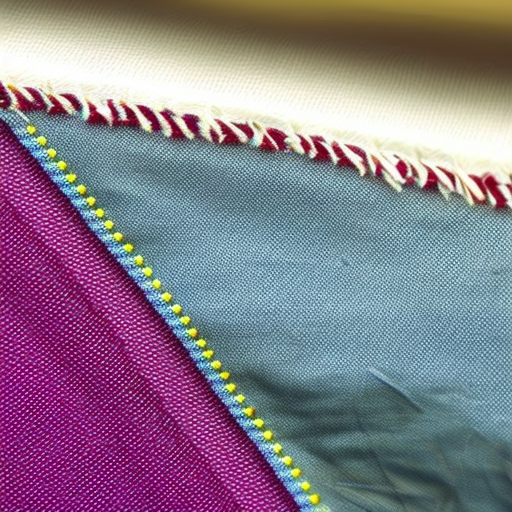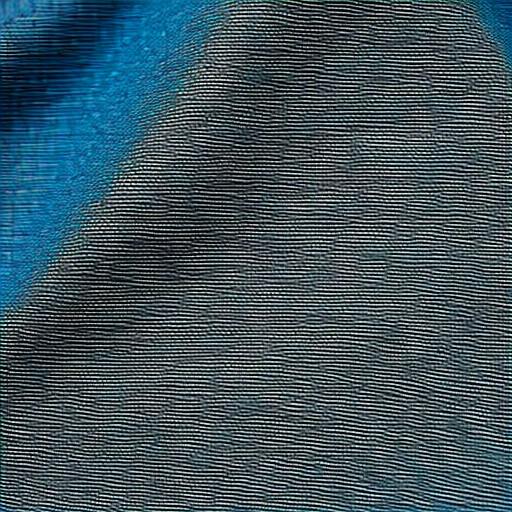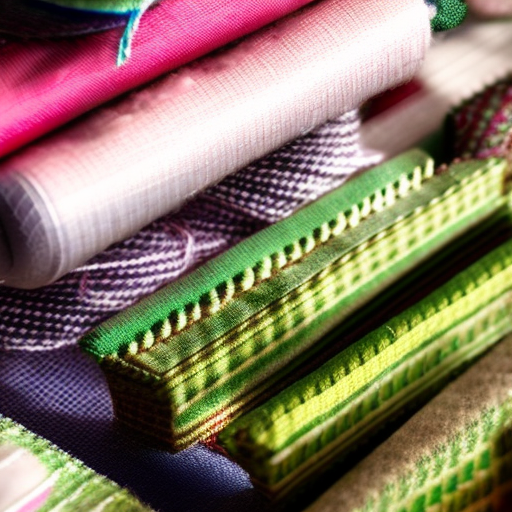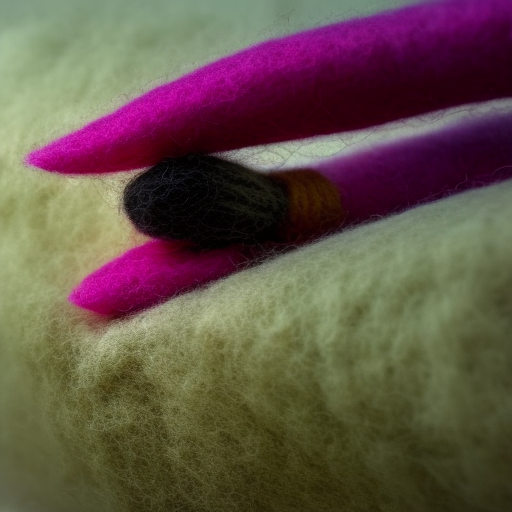
sewing machine” style=”display: block; margin: 0 auto;”>
Sewing fabric edges is an essential skill for anyone who enjoys sewing or wants to mend clothes. It not only helps to create clean and professional-looking finishes but also adds strength to the fabric, preventing fraying and extending the longevity of your garments. Whether you are a beginner or an experienced seamstress, let’s dive into some simple yet effective techniques for sewing fabric edges.
1. Zigzag Stitch
The zigzag stitch is a versatile and widely used method for finishing fabric edges. It consists of a series of diagonal stitches that form a zigzag pattern, which helps to lock the fabric threads and prevent fraying. To sew fabric edges using a zigzag stitch:
- Set your sewing machine to a zigzag stitch.
- Place the fabric edge under the presser foot, aligning it with the needle.
- Start stitching slowly, letting the needle swing from side to side over the fabric edge.
- Continue sewing along the edge until you reach the end.

2. Overcasting Stitch
Another popular method for sewing fabric edges is the overcasting stitch. This technique creates loops of thread over the fabric edge, securing it and preventing fraying. Here’s how to sew fabric edges using an overcasting stitch:
- Select the overcasting stitch on your sewing machine.
- Align the fabric edge with the presser foot, guiding it as you sew.
- Continue stitching along the fabric edge, making sure the loops catch the edge properly.
- Complete the stitching until you reach the end.

3. French Seam
If you want an even neater finish, especially for delicate fabrics, the French seam is an excellent choice. It encloses the raw fabric edge within a second seam, leaving no visible raw edges. Follow these steps to sew fabric edges using the French seam:
- Align the fabric edges with the wrong sides facing each other.
- Sew a narrow seam along the fabric edge, approximately 1/4 inch from the edge.
- Trim the excess fabric to reduce bulk.
- Fold the fabric along the seam line, ensuring the right sides are now facing each other.
- Make another seam, enclosing the raw edge within the fold.

These are just a few of the many techniques available to sew fabric edges. By applying these methods, you can achieve clean finishes, prevent fraying, and enhance the durability of your fabric creations. Practice, experiment, and get creative with different stitches and finishes to find what works best for your sewing projects. Happy stitching!
Image sources: sewing_machine.jpg, zigzag_stitch.jpg, overcasting_stitch.jpg, french_seam.jpg.





A great tutorial, thank you!
Samantha Coleman: So helpful!
This tutorial is incredibly useful and informative! It’s amazing how it can teach a relatively inexperienced sewer the basics of sewing fabric edges. With this tutorial’s helpful visuals and clear instructions, anyone can learn the essential skills needed for sewing fabric. Thanks for the great tutorial!
Super helpful and informative! Thanks so much for sharing this valuable knowledge!